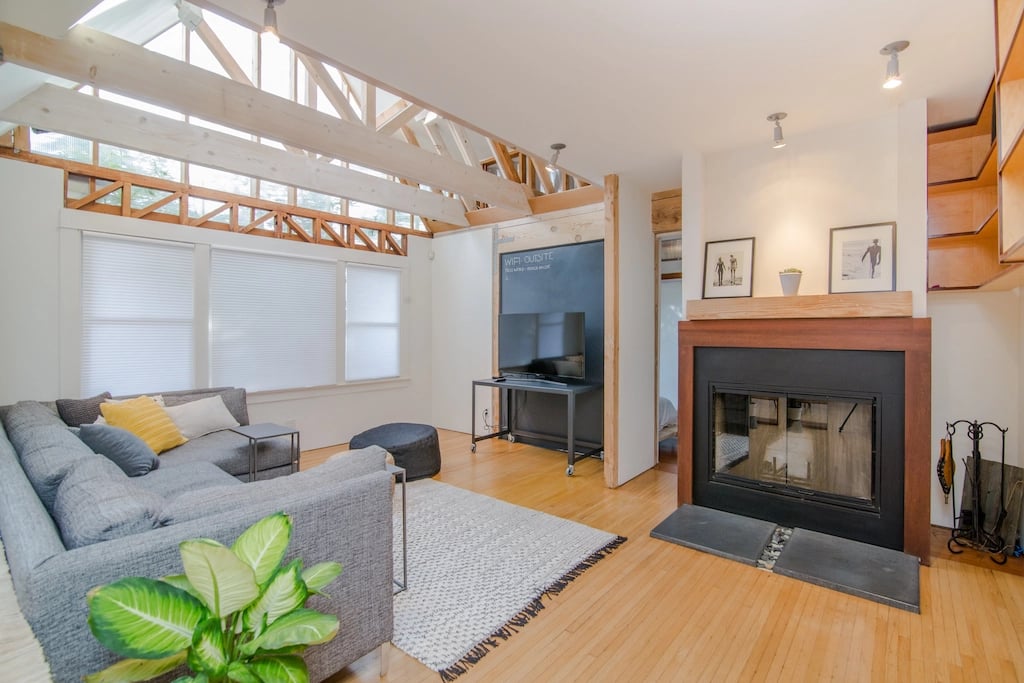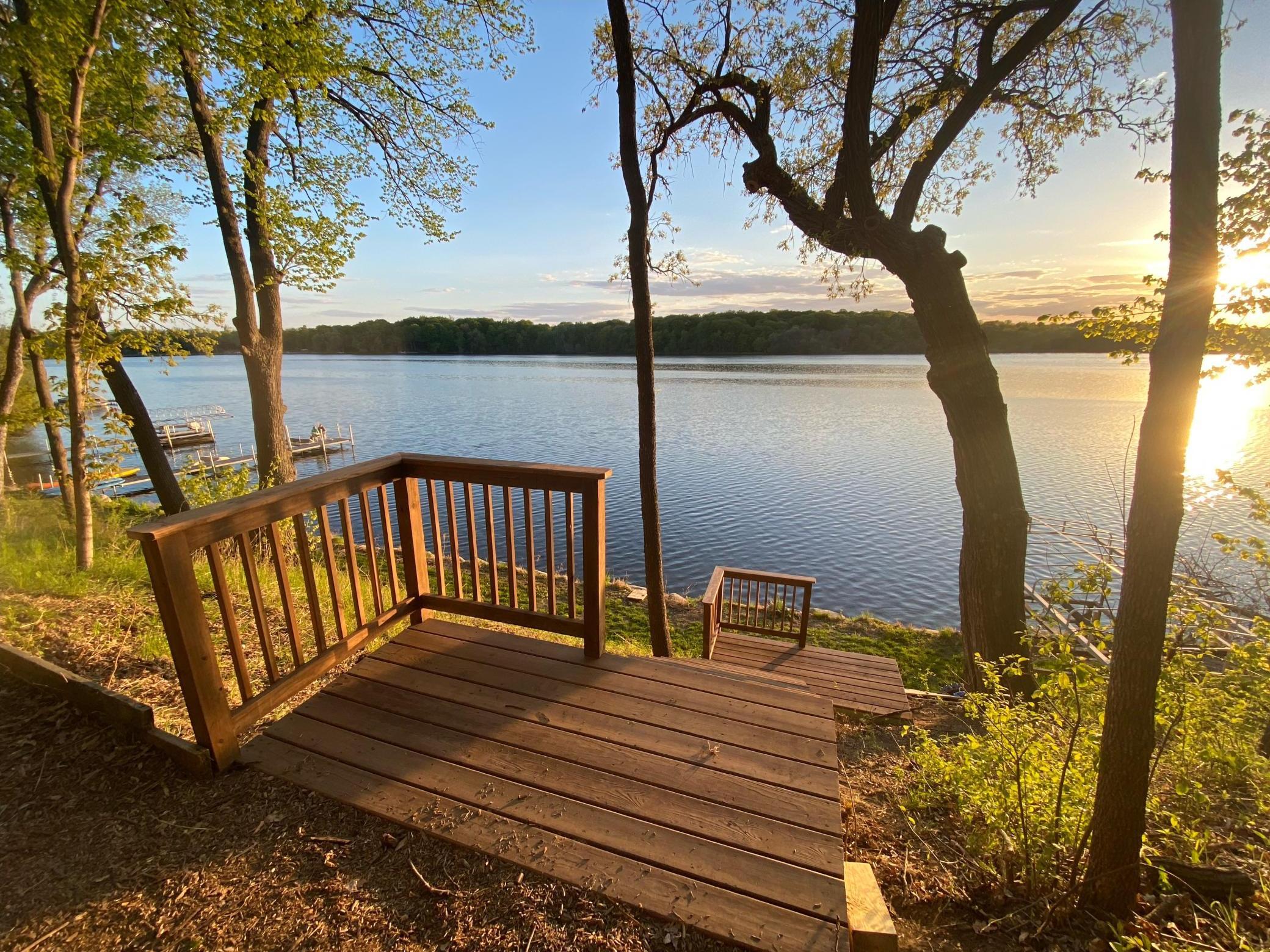A lakefront property is a special kind of home. You likely chose it because of its proximity to water and natural beauty, so you want to ensure that this aspect is maintained through good energy efficiency and sustainability practices.
You can do many things to increase the sustainability of your lakefront home while still enjoying all the benefits of living near water. You must know how to add value to commercial real estate while preparing a lakefront house. Let’s discover how you can improve the sustainability of your lakefront property.
Lighting
For lighting, you should aim for natural and energy-efficient options. Some of the most common options that can be used are-
Use of energy-efficient light bulbs
The light bulbs you use inside your lake house can significantly impact energy efficiency. The best choice is an LED light bulb, which uses about 90% less energy than incandescent bulbs and lasts up to 20 times longer. You can also choose compact fluorescent light bulbs (CFLs), which use about 75% less energy than incandescent bulbs and will last for years without needing replacement.
Outdoor lighting options that use solar power
Solar-powered lights use solar panels to generate electricity, which is stored in batteries and used to power the light at night. The solar panels charge the batteries during the day when there’s plenty of sunlight, so you won’t need to worry about running out of power if you leave them outside all year.
Use of motion sensors and timers for lights
Motion sensors are a great way to save energy since they automatically turn on lights when someone or something moves in the area. They can be used with indoor and outdoor lighting and are especially useful for areas that get little use during the day but need to be lit at night, like around your garage or in your yard. You can also set timers on your lights to turn off after a certain amount of time has passed. If you want these awesome features when buying property near you check real estate orono mn right now!

Heating and Cooling
Heating and cooling systems are crucial components of any lakefront property. Let’s see here:
Installation of programmable thermostats
Smart thermostats can be set to automatically change the temperature in your home based on the time of day and the weather. When it’s hot outside, they’ll keep your house cool by lowering the temperature. They’ll warm your home by increasing the temperature slightly when it’s colder outside.
This is a great way to ensure that your HVAC system isn’t working harder than necessary, thus wasting energy when it doesn’t need to. Additionally, these devices can connect with other home appliances (such as lights or air purifiers) to run at peak efficiency.
Use of energy-efficient heating and cooling systems
These systems can include things like high-efficiency furnaces, heat pumps, and air conditioners, as well as programmable thermostats and smart home technology. By upgrading these systems and lowering their carbon footprint, property owners can reduce their energy consumption and costs.
Insulation of the property to improve energy efficiency
Insulation helps keep the heat in during the winter and the cool air out during the summer, which can significantly reduce a property’s energy consumption.
Proper insulation of walls, attics, and floors is vital to reducing heat loss in the winter and heat gain in the summer. Insulation materials such as fiberglass, cellulose, and spray foam can insulate these areas. Here you will get more ideas about How To Pick A Real Estate Agent for energy-efficient properties.
Water Conservation
The ultimate goal of sustainability is to minimize the impact of your home on the environment, and one way to do that is by reducing your household water usage.
Use of low-flow toilets and showerheads
A low-flow showerhead will use 40% less hot water than a normal shower head. You can also opt for an eco-friendly faucet aerator to reduce flow in the kitchen and bathroom sinks by 20%.
Installation of rain barrels
It is another great way to reduce your water consumption. Rain barrels collect water from your roof during a storm, allowing you to use it for watering plants or cleaning off cars and sidewalks instead of letting it run into the street, where it can be picked up by storm drains and sent down the drain.
Use of native plants that require less water
Native plants grow naturally in your area. They have adapted to the local climate and require less water than non-native plants. The use of native plants can help reduce stormwater runoff and erosion, improve groundwater quality, and prevent pollutants from entering lakes, rivers, and streams.
Renewable Energy
For Lakehouse, the renewable energy investment was the best decision we could have made. Have a look below:
Installation of solar panels
Solar power is one of the most popular types of renewable energy. You can install solar panels on your roof to generate electricity, or if you don’t have enough space for this option, there are other ways to use solar power. For example, you could install a large solar water heating system in your house or apartment, which will heat up water using natural sunlight instead of electricity from the grid.
Consideration of wind power or other renewable energy sources
There are several options if you’re interested in renewable energy sources other than solar power. For example, wind power is a popular option, and if you have access to land that isn’t used for anything else (such as farming), you could install a wind turbine on your property. The turbine will generate electricity from the natural movement of the wind, which can then be used to power appliances or even sold back to the grid so that others can benefit too!
Use of a smart grid to improve energy efficiency and reduce costs
Another great way to save money and reduce your carbon footprint is by using a smart grid. A smart grid is an electrical system that uses advanced technologies to monitor energy consumption in real time, enabling you to make changes and adjustments as needed. For example, solar panels on your roof will generate electricity during the day when everyone else’s appliances are in use.
However, at night, when everyone returns home from work and starts using their appliances again, this can cause issues with supply, so you must be aware of how much electricity you’re consuming.
Conclusion
As you can see, there are many ways to improve the efficiency of your home’s energy consumption and reduce costs. Investing in energy-efficient appliances and HVAC systems, implementing conservation measures such as low-flow showerheads and water-saving toilets, installing solar panels or wind turbines to generate renewable energy, and incorporating sustainable landscaping practices are just a few examples. If you are looking for good eco-friendly property check Minnesota real estate agency right now!
By implementing these strategies, lakefront property owners can reduce their energy costs and carbon footprint and contribute to preserving and protecting the local ecosystem.


